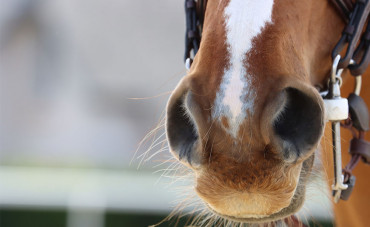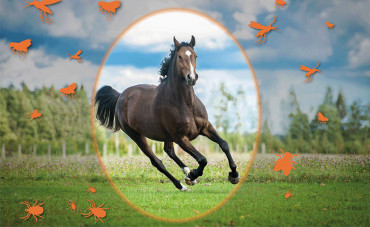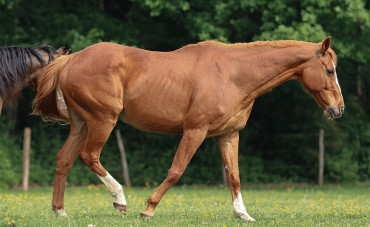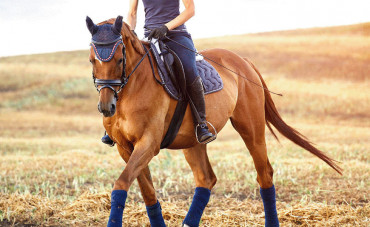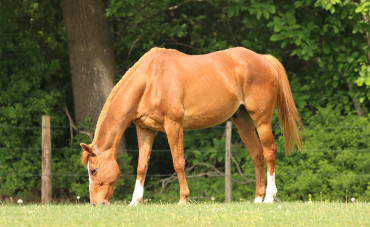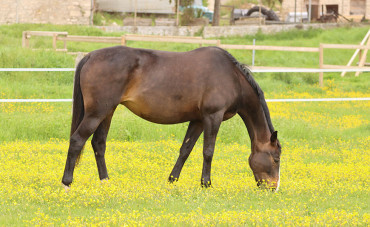Your horse is a herbivore, but do you know how its digestion works? Read on to find out more as we take a closer look at the three key organs: the stomach, the small intestine and the large intestine.
For this second section, we’re going to focus on the small intestine.
How does your horse’s small intestine work?
The small intestine represents around 30% of your horse’s total digestive system, and its volume is around 50 L (about the capacity of your kitchen sink).
Like the stomach, it produces secretions. However, these are alkaline rather than acidic (the opposite), and help with digestion. There are two types of productions:
- Pancreatic secretions: between 25 and 50 L per day
- Intestinal secretions: between 10 and 20 L per day
- Biliary secretions: 15 L per day
The small intestine is responsible for enzymatic digestion of concentrates—forage is not yet digested at this stage. To optimise enzyme action, the food bolus will also be moved around in the small intestine, a bit like in a washing machine.
From this stage on, various nutrients will be absorbed; in other words, your horse will begin to benefit from its feed. Here, the following elements will be absorbed:
- Glucose
- Amino acids
- Fatty acids
- Minerals and trace elements (excluding phosphorous)
Food recommendations for your horse
Dietary practices play a role in the good health of the small intestine; here are the main dietary recommendations to keep your horse in top form.
- Limit large meals of concentrates
Here, small meals will make their way through the digestive system faster. This means that the food bolus will be more exposed to the various enzymes, and not that it will “pass more quickly” through the intestine.
If we imagine a washing machine again, if you put too many clothes in your machine, they won’t be properly cleaned. Here, it’s the same thing: if you put in “too many” concentrates, the enzymes won’t be able to properly digest them!
- Limit quantities of starch per meal
As we’ve already seen in the stomach part, feeding your horse a diet too high in starch will increase the risk of gastric ulcers. However, it also increases the amount of acid produced in the stomach.
If the stomach’s contents are more acidic, the small intestine will be acidified as these pass through. However, as we saw at the start of this article, the small intestine is an alkaline environment. What’s more, the enzymes responsible for digestion in the small intestine work best in an alkaline environment. If we change this environment (from alkaline to acidic), they won’t work as well, or may not even work at all. This can cause digestion problems, with the formation of blockages which can cause colic.
Extra tips for your horse’s nutrition
In addition to nutritional recommendations, a few tricks can help limit discomfort in your horse’s small intestine:
- If your horse works a lot and needs a lot of energy, don’t hesitate to split up meals to limit the amount of starch consumed per meal and optimise concentrate digestion within the small intestine.
- Make sure your horse doesn’t consume too much straw, as this is less “flexible” than hay and can cause blockages
- Keep an eye on the appearance of stereotypies or vices (particularly aerophagia/windsucking) in your horse, which can promote colic.
This has been the second part of our series—keep an eye out for the next edition, where we’ll be taking a look at the large intestine.


